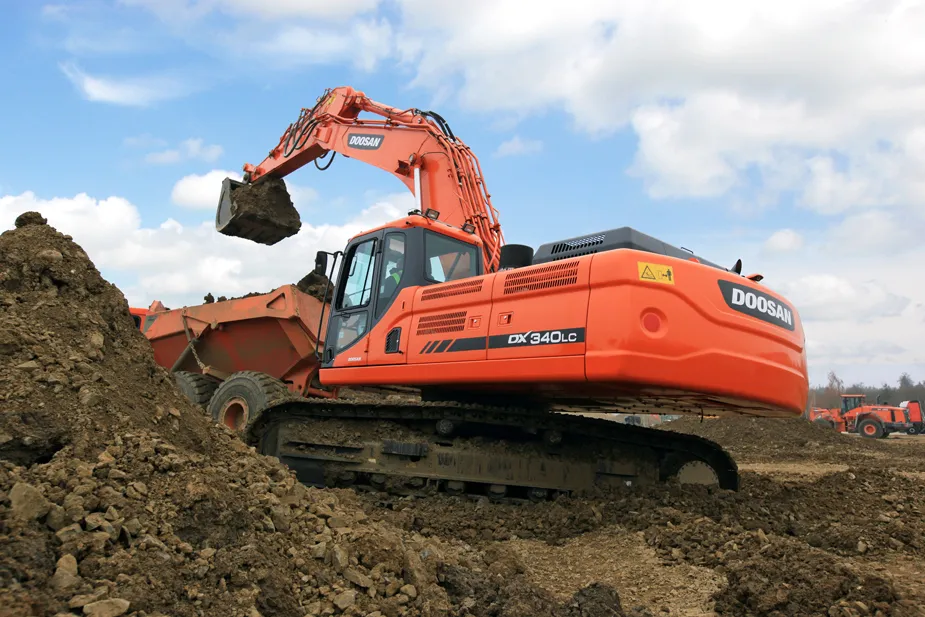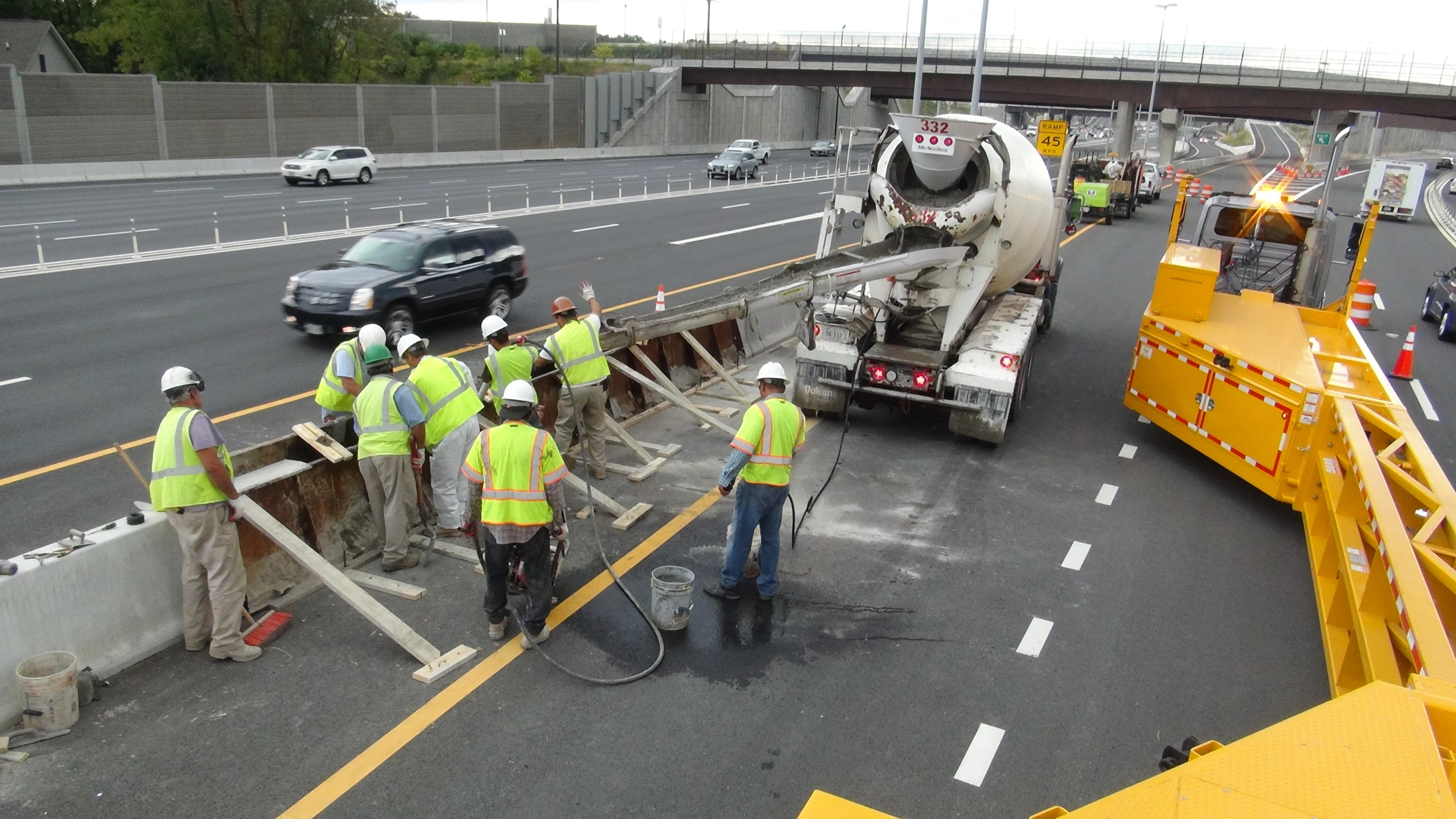Some cultures value face-saving over outright confrontation. The placing of infrastructure, be they roads, railways or buildings, often requires compromise on the part of all concerned – developers, highway designers, rail consultants and, not least, people who own the land.
There may be no greater monument to this type of compromise than in the Japanese city of Osaka where the Hanshin Expressway meets the Gateway Tower building. Did we say ‘meet’? Not quite, as the highway does not touch the 16-storey off
February 3, 2015
Read time: 2 mins
Some cultures value face-saving over outright confrontation. The placing of infrastructure, be they roads, railways or buildings, often requires compromise on the part of all concerned – developers, highway designers, rail consultants and, not least, people who own the land.
There may be no greater monument to this type of compromise than in the Japanese city of Osaka where the Hanshin Expressway meets the Gateway Tower building. Did we say ‘meet’? Not quite, as the highway does not touch the 16-storey office building, although the enclosed road passes straight through it. This mean there is no vibration from road transmitted into the building and noise is abated by the enclosure around the road.
The elevated road - the Umeda exit of the Ikeda Route of the Hanshin Expressway - is built on supports, as if it were a of bridge construction, in order to pass through the building without touching it. Nonetheless, the road, in effect, occupies the space where floors five, six and seven would have been.
Part of the compromise is that the expressway becomes a tenant of the building, and a good one at that, as it is not likely to decide to move out in a hurry. Needless to say, this compromise took around a decade to reach and included amending some city laws about road construction.
The land had been occupied by a wood and charcoal processing company since the late 1800s. The business had a historical right to redevelop the land but the government had also granted the Hanshin Expressway Corporation permission to build a road.
Landlord and road corporation agreed a solution and in 1992 the Tower Gateway building opened for business, with Hanshin Expressway as its first tenant.
%$Linker:2 External <?xml version="1.0" encoding="utf-16"?><dictionary /> 0 0 0 oLinkExternal Click here The Highway that Goes Through a Building false http://www.kuriositas.com/2012/09/highwaythroughabuilding.html false false %> to see The Highway that Goes Through a Building
There may be no greater monument to this type of compromise than in the Japanese city of Osaka where the Hanshin Expressway meets the Gateway Tower building. Did we say ‘meet’? Not quite, as the highway does not touch the 16-storey office building, although the enclosed road passes straight through it. This mean there is no vibration from road transmitted into the building and noise is abated by the enclosure around the road.
The elevated road - the Umeda exit of the Ikeda Route of the Hanshin Expressway - is built on supports, as if it were a of bridge construction, in order to pass through the building without touching it. Nonetheless, the road, in effect, occupies the space where floors five, six and seven would have been.
Part of the compromise is that the expressway becomes a tenant of the building, and a good one at that, as it is not likely to decide to move out in a hurry. Needless to say, this compromise took around a decade to reach and included amending some city laws about road construction.
The land had been occupied by a wood and charcoal processing company since the late 1800s. The business had a historical right to redevelop the land but the government had also granted the Hanshin Expressway Corporation permission to build a road.
Landlord and road corporation agreed a solution and in 1992 the Tower Gateway building opened for business, with Hanshin Expressway as its first tenant.
%$Linker:







